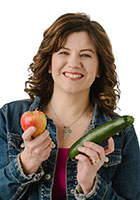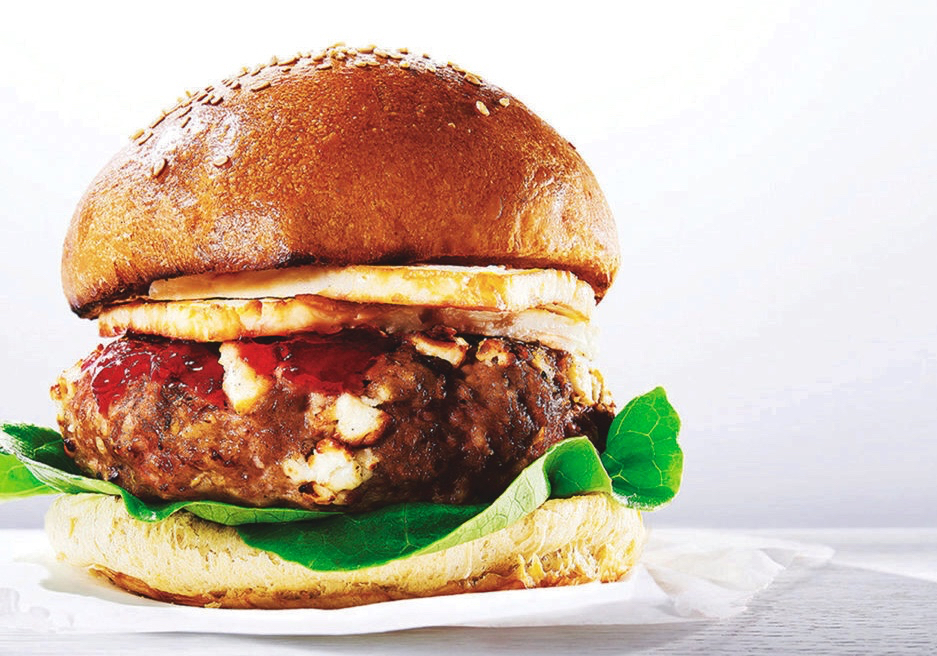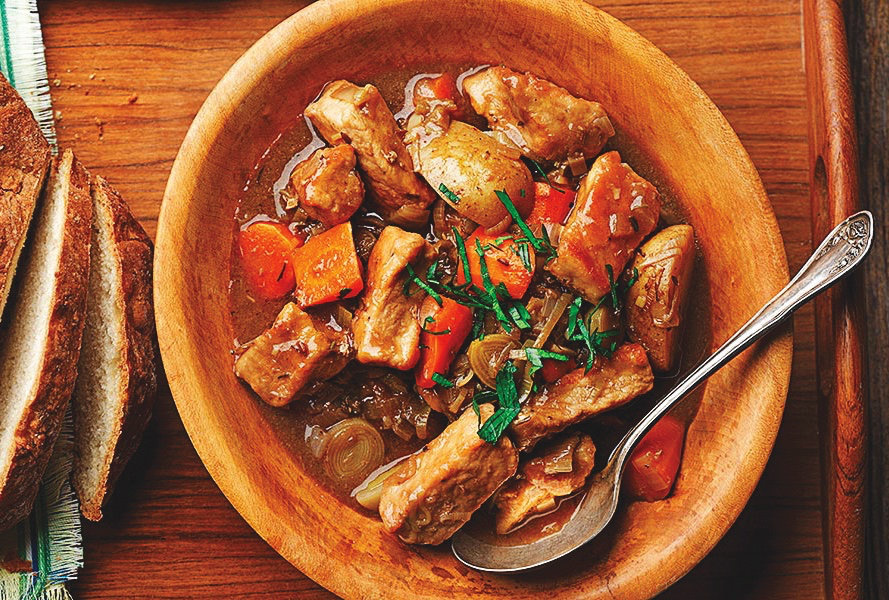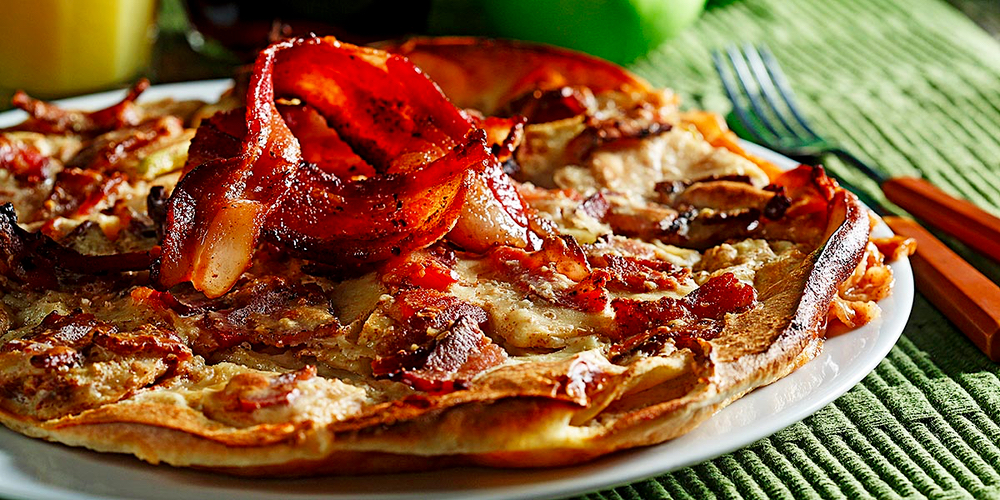As I finish planting the last of my garden, my thoughts turn to preserving. It seems early to think about canning, jamming and freezing, but now’s the perfect time to plan what, when and how I will preserve my favourite fruits and vegetables. Unlike last year, I do not want to miss blueberry season again.
Whether you get fresh produce from your garden, a riverbank, a local U-pick, a farmers’ market or a grocery store, planning your preserves will help you make the most of the upcoming bounty.
Read Also

What I learned about Manitoba eggs
Manitoba-laid eggs provide good, locally produced nutrition while supporting local farmers and the Canadian agriculture industry.
Creating a plan
It may sound odd to schedule when you’re going to pickle; most of us just do it when the cukes are ready. But if your life is busier than usual and doesn’t follow the cucumber’s schedule, it pays to make a plan for preserving.
For example, if I want to pick and freeze Manitoba blueberries this summer, I’ll have to be ready late July or early August. But we’re also celebrating a family wedding late July. If I don’t plan a trip now, there’s a good chance blueberry season will pass me by again. So, I’ve scheduled a trip to the Whiteshell for end of July.
For those of you who are even more detailed, you can keep a notebook and write down everything beginning with how much of everything you’d like to preserve, how much produce you’ll need to buy, pick or grow, where you’re going to get your produce, your favourite recipes and so on. If you’re growing most of your own produce, you can even co-ordinate your preserving with your gardening. For example, you could choose early- or late-maturing cucumbers and count the days to maturity to try to work around other summertime events.
Plant timing
Peak seasons for fruits and veggies come and go quickly. It pays to know when you can expect them to be available so you can preserve them while they’re at their best. For charts outlining when you can expect fruits and vegetables to be at their peak in the Prairies visit www.gettystewart.com.
If you’re heading to a U-pick farm, it’s best to visit its website or call ahead to see how things are progressing. Exact dates vary every year, just like any crop, fruits and veggies are weather dependent. The Prairie Fruit Grower’s Association’s website lists all the fruit growers in Saskatchewan and Manitoba.
A good rule of thumb for preserving is to get fruits during the middle of the season.
You also have to commit. Once you pick it or buy it, the quicker you preserve your produce the better. For example, to get the crunchiest dill pickles, plan on pickling the same day as you harvest.
Can or freeze?
Choosing whether to can or freeze your bounty is a personal preference. It’s all about what you like to eat and how you like to eat it. Whichever method you choose, it’s important to always follow safe, tested preserving practices. Not only will you end up with superior, longer-lasting food, you’ll also eliminate any risk of food poisoning. For recipes and safe preserving practices visit The National Centre for Home Food Preservation.
Freezing is an easy and safe method of preserving produce. Fruit can be frozen after being washed and cut while most vegetables require blanching (boiling in hot water) for a brief time before freezing. Blanching destroys the enzymes responsible for aging thereby keeping the colour, texture and flavour of vegetables stable for at least a year.
Canning is required whenever a jar of food is prepared for shelf storage. High-acid foods like fruit, fruit juice, jam, jelly, pickles, pickled vegetables, tomatoes and salsa with added acid should be processed in a hot water bath. Low-acid foods like vegetables (not pickled), soups, blended vegetable sauces and any food with meat, poultry or fish must be processed using a pressure canner to eliminate the risk of botulism, a potentially deadly illness. I like canning fruit, fruit juice, jams, jellies, pickles, tomatoes and salsa using the hot water bath method. Because I do not like the texture or colour of canned vegetables, I do not can any vegetables unless making pickled veggies like the pickled beets below.
Have you thought and planned what and how you’re going to preserve this year’s bounty?
Pickled Beets
- 4 lbs. of beets (12-16 medium beets – about three inches in diameter)
- 1 c. water
- 2 c. vinegar
- 1/2 c. granulated sugar
- 2 tsp. pickling or kosher salt 2 tbsp. pickling spice
Trim beet tops leaving a bit of the greens and root tip to reduce bleeding. Wash and scrub well. Place in large pot, cover with water, bring to boil then simmer until tender, 30 minutes. Remove from water and cool beets so you can trim and remove peel. Cut into 1/4-inch slices.
While beets are cooking, fill canner with water so that jars will be covered by an inch of water.
Check jars for cracks, wash with warm soapy water, rinse well and place in canner.
Heat jars in canner (no need to sterilize) and keep hot until needed. Wash lids.
In large pot, combine water, vinegar, sugar, salt and pickling spice. Bring to boil and simmer 5 minutes until salt and sugar are dissolved.
Add beets to brine and heat 5 minutes.
Tightly pack beet slices from brine into hot jars to within 3/4 inch of rim. Add hot brine to cover beets. Remove any air bubbles and add more brine, leaving 1/2-inch headspace.
Wipe rim with clean cloth and seal with sealing lid. Screw band on top and tighten finger tight.
Process in hot water bath for 30 minutes for both pint (500-ml) or quart (1-l) jars. Add 5 minutes to cooking times for altitudes between 1,000-3,000 feet (that’s you — Brandon, Treherne, Swan River, Russell, Souris, Glenboro, Neepawa, Boissevain, Pilot Mound, Manitou and others — Google your elevation).
Makes four pint (500-ml) jars.

Recipe from www.gettystewart.com.




















